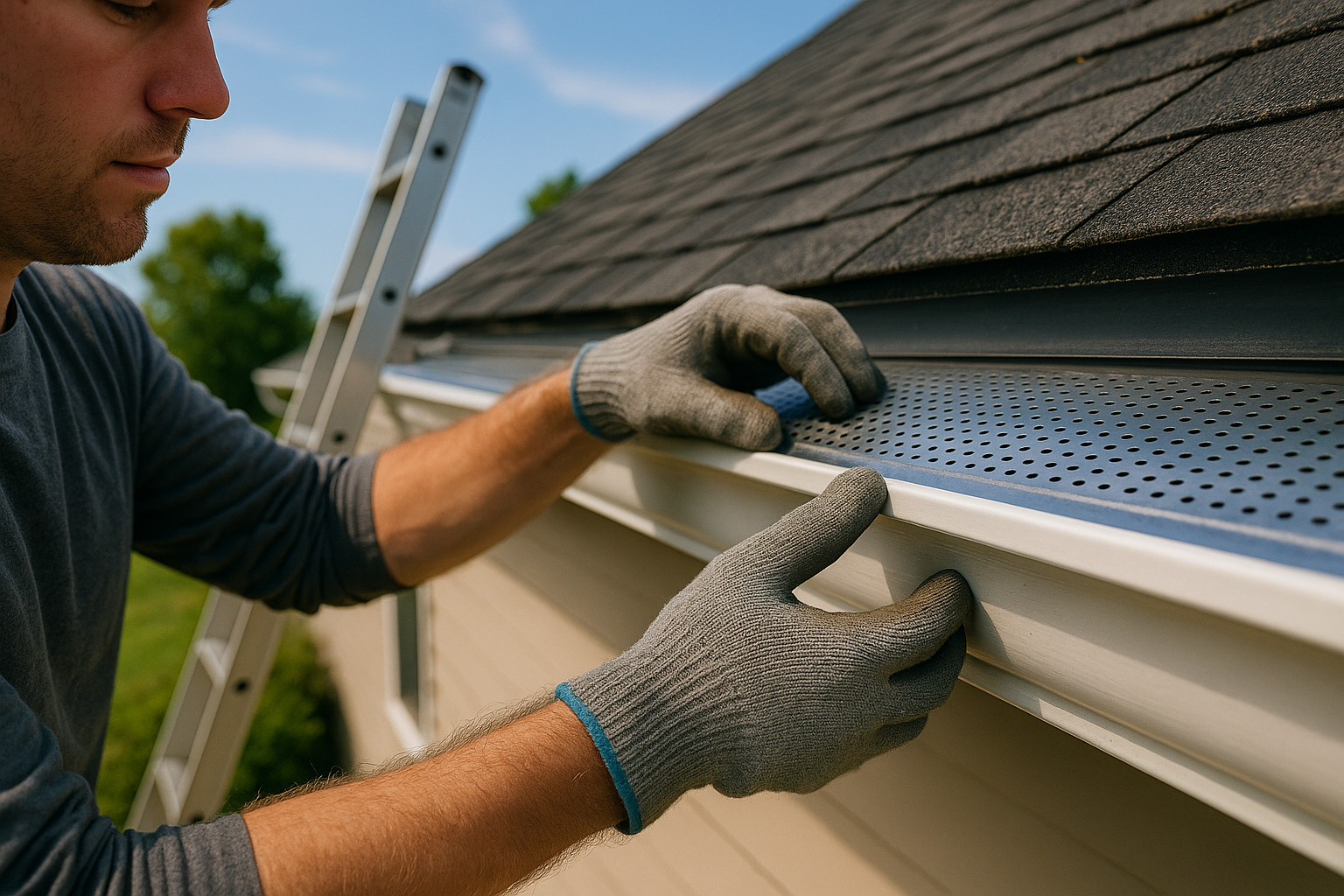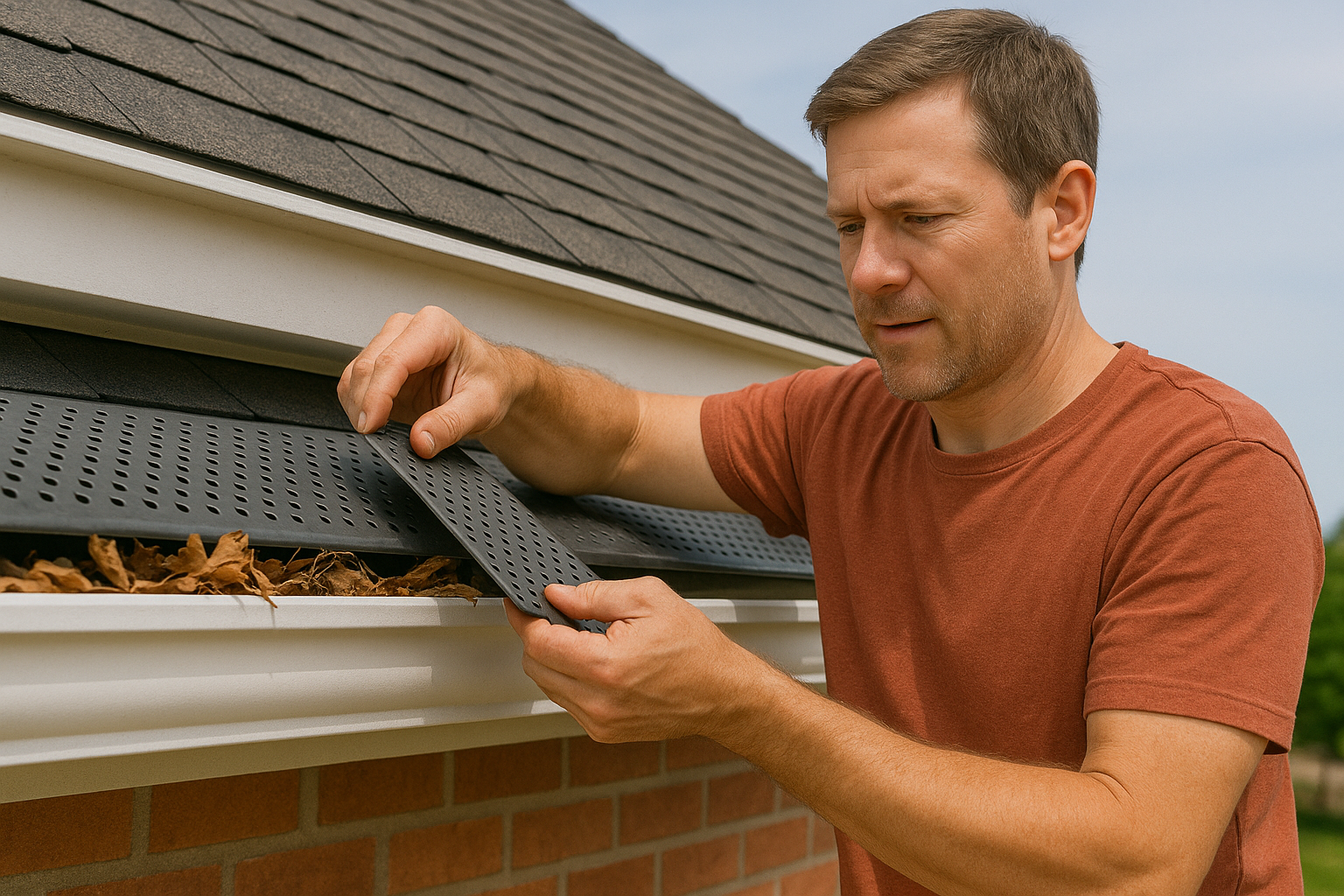What Is Fascia on a House? Understanding How Fascia and Soffit Protect Your Roof
The terms "fascia" and "soffit" don’t usually make headlines in home improvement discussions, but they should. These often-overlooked parts of the roof system play a big role in protecting the structural integrity and visual appeal of your home. Whether you're preparing for a roof replacement, noticing signs of rot, or want to understand the exterior of your house better, knowing how fascia and soffit work together is essential.
This article explores fascia, its role in supporting your roof, the purpose of soffits, and why these trim elements matter far more than most homeowners realize. We'll walk through materials, common damage, replacement options, and best practices for maintaining fascia and soffits on your house.
Key Takeaways
- Fascia is the vertical board that runs along the lower edge of the roof, supporting the gutter system and covering the ends of the roof rafters.
- The soffit is the horizontal board located on the underside of the roof overhang. It provides ventilation to the attic and protects against the weather.
- Together, fascia and soffit protect your home from moisture, pests, and roof damage while also contributing to a finished look.
- Rotting fascia or failing soffit can lead to roof leaks, sagging gutters, and costly repairs if not addressed quickly.
What is fascia, and where is it located on your house
The fascia is the horizontal board that runs along the lower edge of the roof, where it meets the exterior walls. Typically made of wood, aluminum, or vinyl, the fascia covers the ends of the roof rafters and serves as the mount for the gutter system.
Fascia on a house is more than just a visual edge. It forms a protective barrier between the outside elements and the inner roof structure. It helps prevent moisture from entering the roof and walls of the house, while also offering structural support for the gutters that channel rainwater away from your foundation.
What is a soffit, and how does it support the roof system
The soffit is the horizontal board installed under the roof overhang. It connects the edge of the roof to the home’s exterior walls and is usually ventilated to allow airflow into the attic.
Proper airflow is crucial for maintaining a balanced roof system. Soffits and fascia work together to create a protective seal around the roof edge, keeping pests out and preventing heat and moisture from building up in the attic. Without a soffit, your attic may overheat in summer or accumulate moisture in winter, leading to mold and wood rot.
How fascia and soffit work together
While fascia and soffit serve different roles, they function as a team. Fascia covers and protects the lower edge of the roof, while soffit seals off the underside of the overhang. This one-two punch is crucial for preserving the roofline and effectively managing attic ventilation.
Fascia helps secure the gutter system, supporting the weight of water, snow, and ice that collects in the gutter channel. The soffit ensures that the attic remains ventilated, which in turn helps maintain consistent indoor temperatures and prevents ice dams from forming along the roof edge.
The purpose of fascia is beyond visual appeal
Fascia acts as a structural and aesthetic component. It's the board that runs along the lower edge of the roof and is installed at the edge of the roofline. Its main purpose is to protect the ends of the roof rafters and provide support for the gutter system.
Fascia is also considered trim, but its role is more than decorative. It helps prevent moisture from reaching vulnerable parts of the roof structure and siding. Without fascia, gutters would have no secure mounting point, and your roof would be left exposed to weather damage.
Common fascia materials used in homes
Fascia is often made of wood, but other materials are commonly used, depending on the climate and budget.
Wood fascia
Wood fascia boards are affordable and easy to paint, but are vulnerable to moisture and rot without proper sealing. Wooden fascia requires regular maintenance to remain in good condition.
Vinyl fascia
Vinyl fascia is low-maintenance and resists water damage. It’s a good fit for homeowners who want an easy-to-clean option that won’t warp or peel.
Aluminum fascia
Aluminum fascia is lightweight and corrosion-resistant. It's often used as a wrap over wood fascia to add protection and extend its lifespan.
Different fascia materials can also be selected to match a house's siding, roof shingle style, or general exterior design.
Signs of damage that mean it’s time to replace the fascia or soffit
Knowing when it’s time for soffit or fascia replacement can save you from major roof repairs. Ignoring small problems can lead to extensive damage.
1. Visible rot or sagging
Wood fascia is especially prone to rot when exposed to moisture. If you notice sagging gutters, peeling paint, or soft spots in the fascia, the board that runs along the edge of your roof has likely started to decay.
2. Pest infestations
Gaps in the soffit and fascia give rodents and insects a direct path into your attic. If you hear scurrying above your ceiling or notice nests near the roofline, check your soffits.
3. Water stains or mold
Mold growth, water stains on the siding, or moisture buildup at the lower edge of the roofline are clear indicators that your soffit and fascia need attention.
Why fascia replacement should be part of your home improvement plan
Fascia and soffit are often overlooked during roof repairs, but they should be part of every major home improvement checklist. Replacing damaged fascia can help prevent moisture penetration and costly interior damage.
When you replace the fascia, it’s also a good time to inspect your gutters. Improperly installed or clogged gutters can cause water to back up under the shingles, leading to rot of the fascia board. A new fascia installation provides a solid foundation for your gutters and helps extend the lifespan of your roof system.
Understanding how fascia design impacts roof function
Fascia design plays a crucial role in both enhancing curb appeal and providing roof protection. Modern fascia boards provide a clean edge to the roof and also help reduce the chance of wind-driven rain entering the attic space.
Fascia can last for decades when installed properly with durable materials and paired with functioning gutters. The board along the roofline also gives the roof a finished look, increasing the visual harmony between the roof and the outside walls of the house.
Soffit replacement and ventilation importance
When replacing the soffit, it’s critical to ensure that the new material allows for adequate ventilation. Aluminum soffit and vented vinyl soffit are commonly used to promote airflow and prevent heat buildup.
A poorly ventilated attic can lead to warped shingles, higher cooling costs, and premature roof replacement. Replacing the soffit and fascia simultaneously provides an opportunity to update the entire roofline for improved performance and longevity.
Frequently asked questions
What is fascia on a house?
Fascia is the vertical board installed at the edge of the roof. It covers the ends of roof rafters, supports the gutter system, and protects the roof from weather damage.
What does a soffit do for a roof?
Soffit is the horizontal board that runs beneath the overhang. It ventilates the attic and helps prevent moisture buildup under the roofline.
What are the signs of fascia damage?
Common signs include sagging gutters, peeling paint, visible rot, mold on the lower edge of the roof, and water stains on siding or walls.
Do fascia and soffit need to be replaced together?
Not always, but replacing the soffit and fascia together is often more efficient. It ensures both systems are up to code, functioning well, and visually consistent.
Is fascia considered trim or part of the roof
Fascia is considered exterior trim, but it’s also a functional part of the roof system. It connects the roof and gutter system and covers the ends of the rafters.
Conclusion
Fascia and soffit aren’t just cosmetic—they’re essential components of your home’s exterior that protect your roof, walls, and attic from moisture and structural damage. When well-maintained, they provide lasting protection and enhance the look of your home’s roofline.
If you’ve noticed sagging gutters, peeling paint, or signs of rot near your roof edge, it might be time to upgrade. Our team can help you evaluate, repair, or replace your fascia and soffit with long-lasting materials and a professional finish. Reach out today for a custom quote and protect your roof from the ground up.





